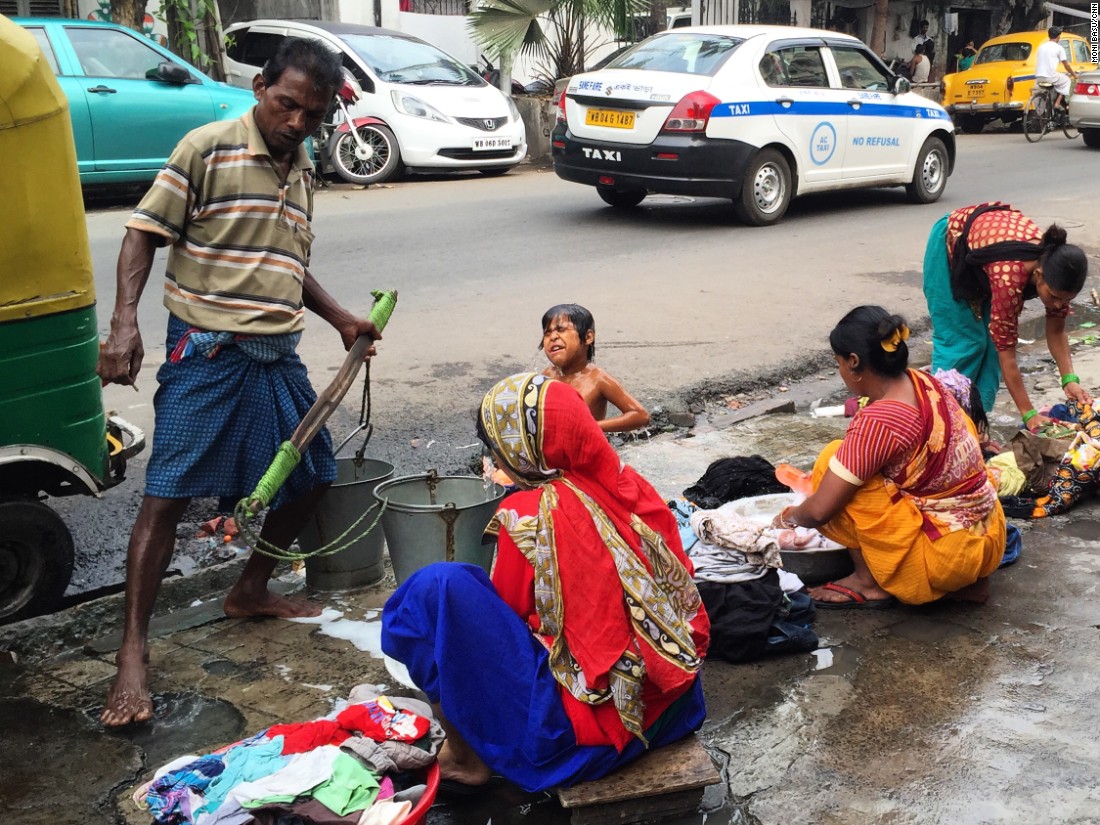Hey there, curious mind! If you've ever wondered who the most poorest person in the world is, you're not alone. Poverty is a global issue that affects millions of lives every single day. But did you know that identifying "the most poorest person" is not as straightforward as it seems? It's a complex topic that goes beyond just numbers and statistics. Let's dive into this heart-wrenching yet crucial conversation, shall we?
When we talk about poverty, we often focus on the big picture—how many people are affected, what countries are struggling the most, and what governments are doing about it. But today, we're zooming in on the individual level. Who exactly is the most poorest person in the world? Is it someone living in a remote village in Africa, or maybe a homeless person in a bustling city like Mumbai or Rio de Janeiro? The truth is, it’s not about naming one specific person—it’s about understanding the conditions that create such extreme situations.
So, grab a cup of coffee or tea, sit back, and let’s explore this topic together. We’ll uncover the realities of global poverty, meet some of the faces behind it, and discuss what we can do to help. Buckle up—it’s going to be an eye-opening ride!
Read also:Get Ready To Taco Bout The Best Taco Puns Around
Table of Contents
- Who Is The Most Poorest Person?
- Defining Global Poverty
- Biography of Extreme Poverty
- Poverty Statistics
- Countries With Highest Poverty
- What Causes Poverty?
- How to Help?
- Long-Term Solutions
- Impact of Poverty
- Conclusion
Who Is The Most Poorest Person?
Alright, let’s cut to the chase. The question “who is the most poorest person in the world” is tricky. You see, poverty isn’t just about having no money in your pocket. It’s about living without access to basic necessities like food, clean water, shelter, and healthcare. So, identifying one single person as the "most poorest" isn’t really possible. But what we can do is highlight the conditions that millions of people face every day.
For instance, there are families in sub-Saharan Africa who survive on less than $1.90 a day. That’s the World Bank’s definition of extreme poverty. These families often live in remote areas with little to no infrastructure, making it hard for them to get help. And let’s not forget the urban poor in cities like Manila or Nairobi, who live in overcrowded slums with barely enough to eat.
So, while we can’t name one person, we can certainly shed light on the lives of those who are struggling the most. And that’s exactly what we’re going to do next.
Defining Global Poverty
Now, before we dive deeper, let’s get our terms straight. What exactly is global poverty? Well, it’s not just about being broke. Global poverty refers to the state of living below a certain income threshold, which varies depending on the region. The World Bank sets the global poverty line at $1.90 per day, but in some regions, it’s as high as $3.20 or even $5.50.
Here’s the kicker: as of 2022, about 700 million people worldwide live in extreme poverty. That’s roughly 9% of the global population. And guess what? The majority of these people live in just a handful of countries, mostly in Africa and South Asia.
But poverty isn’t just about numbers. It’s about the daily struggle to survive. Imagine waking up every morning not knowing where your next meal will come from. Or walking miles just to fetch a bucket of water. That’s the reality for millions of people around the world.
Read also:Your Head So Big Jokes A Hilarious Dive Into The World Of Oversized Fun
Biography of Extreme Poverty
Let’s take a closer look at the lives of those living in extreme poverty. Picture this: a family of five living in a small hut made of mud and straw. The father works as a day laborer, earning barely enough to feed his family. The mother spends her days fetching water and cooking over an open fire. The kids don’t go to school because they need to work to help support the family.
This isn’t just a hypothetical scenario. It’s the reality for millions of people in countries like Burkina Faso, Chad, and South Sudan. And let’s not forget the urban poor, who live in makeshift homes in overcrowded slums. They might have access to some basic services, but they still struggle to make ends meet.
Now, let’s break it down a bit further. Here’s a table of some of the faces behind extreme poverty:
| Name | Age | Location | Occupation | Challenges |
|---|---|---|---|---|
| Aisha | 28 | Burkina Faso | Farmer | Lack of access to water and healthcare |
| John | 35 | South Sudan | Day laborer | War and conflict |
| Maria | 42 | Philippines | Vendor | Poor sanitation and education |
Poverty Statistics
Numbers don’t lie, and when it comes to poverty, the stats are staggering. Here are some key figures to give you a better understanding:
- About 700 million people live in extreme poverty globally.
- Sub-Saharan Africa accounts for more than half of the world’s extreme poor.
- Women and children are disproportionately affected by poverty.
- Conflict and climate change are major drivers of poverty.
These numbers might seem overwhelming, but they’re important. They help us understand the scale of the problem and guide our efforts to combat it.
Countries With Highest Poverty
Now, let’s talk about the countries that are hit hardest by poverty. As of 2022, the top five countries with the highest poverty rates are:
- Burkina Faso: 43.7% of the population lives in extreme poverty.
- South Sudan: 77.4% of the population lives in extreme poverty.
- Madagascar: 75.3% of the population lives in extreme poverty.
- Chad: 63.3% of the population lives in extreme poverty.
- Mali: 48.5% of the population lives in extreme poverty.
These countries face a multitude of challenges, from political instability to climate change. But despite these obstacles, there are efforts being made to improve the situation.
What Causes Poverty?
So, why does poverty exist in the first place? There are many factors at play, including:
- Colonialism and exploitation: Many of the world’s poorest countries were once colonies, and the legacy of exploitation still affects them today.
- Conflict and war: Wars and conflicts disrupt economies and displace people, making it hard for them to rebuild their lives.
- Climate change: Droughts, floods, and other extreme weather events destroy crops and homes, leaving people without resources.
- Corruption and bad governance: When governments are corrupt, resources are mismanaged, and the poor suffer the most.
Understanding these causes is key to finding solutions. But it’s not just about fixing the symptoms—it’s about addressing the root causes.
How to Help?
Now that we’ve talked about the problem, let’s talk about the solutions. There are many ways you can help fight poverty, both locally and globally. Here are a few ideas:
- Donate to reputable organizations: There are many NGOs working on the ground to help those in need. Do your research and find one that aligns with your values.
- Volunteer your time: If you can’t donate money, consider volunteering your time and skills to a local charity or organization.
- Advocate for change: Use your voice to raise awareness about poverty and push for policies that address its root causes.
- Support fair trade: When you buy fair trade products, you’re helping to ensure that workers in developing countries are paid fairly.
Every little bit helps, and together, we can make a difference.
Long-Term Solutions
While short-term solutions are important, we also need to focus on long-term strategies. Here are a few ideas:
- Education: Investing in education is one of the most effective ways to break the cycle of poverty.
- Infrastructure development: Building roads, schools, and hospitals can help improve living conditions in poor communities.
- Empowering women: When women are educated and empowered, they can lift entire families out of poverty.
- Sustainable development: Addressing climate change and promoting sustainable practices can help reduce poverty in the long run.
These solutions require commitment and collaboration from governments, NGOs, and individuals alike.
Impact of Poverty
The impact of poverty goes beyond just a lack of money. It affects every aspect of a person’s life, from their health to their education to their sense of self-worth. Here are some of the ways poverty affects individuals and communities:
- Health issues: Poor people often lack access to healthcare, leading to higher rates of disease and shorter lifespans.
- Education barriers: Children from poor families are less likely to attend school, perpetuating the cycle of poverty.
- Psychological effects: Living in poverty can lead to stress, anxiety, and depression.
- Social exclusion: Poor people are often marginalized and excluded from society, making it harder for them to improve their situation.
These impacts highlight the urgency of addressing poverty. It’s not just about helping people survive—it’s about helping them thrive.
Conclusion
So, there you have it—the complex and heart-wrenching reality of global poverty. While we can’t name one single person as the "most poorest," we can certainly shed light on the conditions that create such extreme situations. From sub-Saharan Africa to South Asia, millions of people are struggling to survive every single day.
But here’s the thing: poverty isn’t inevitable. With the right strategies and collective effort, we can make a difference. Whether it’s donating to a reputable organization, volunteering your time, or advocating for change, every little bit helps.
So, what will you do to help? Leave a comment below and let’s start a conversation. Together, we can create a better, more equitable world for everyone.


